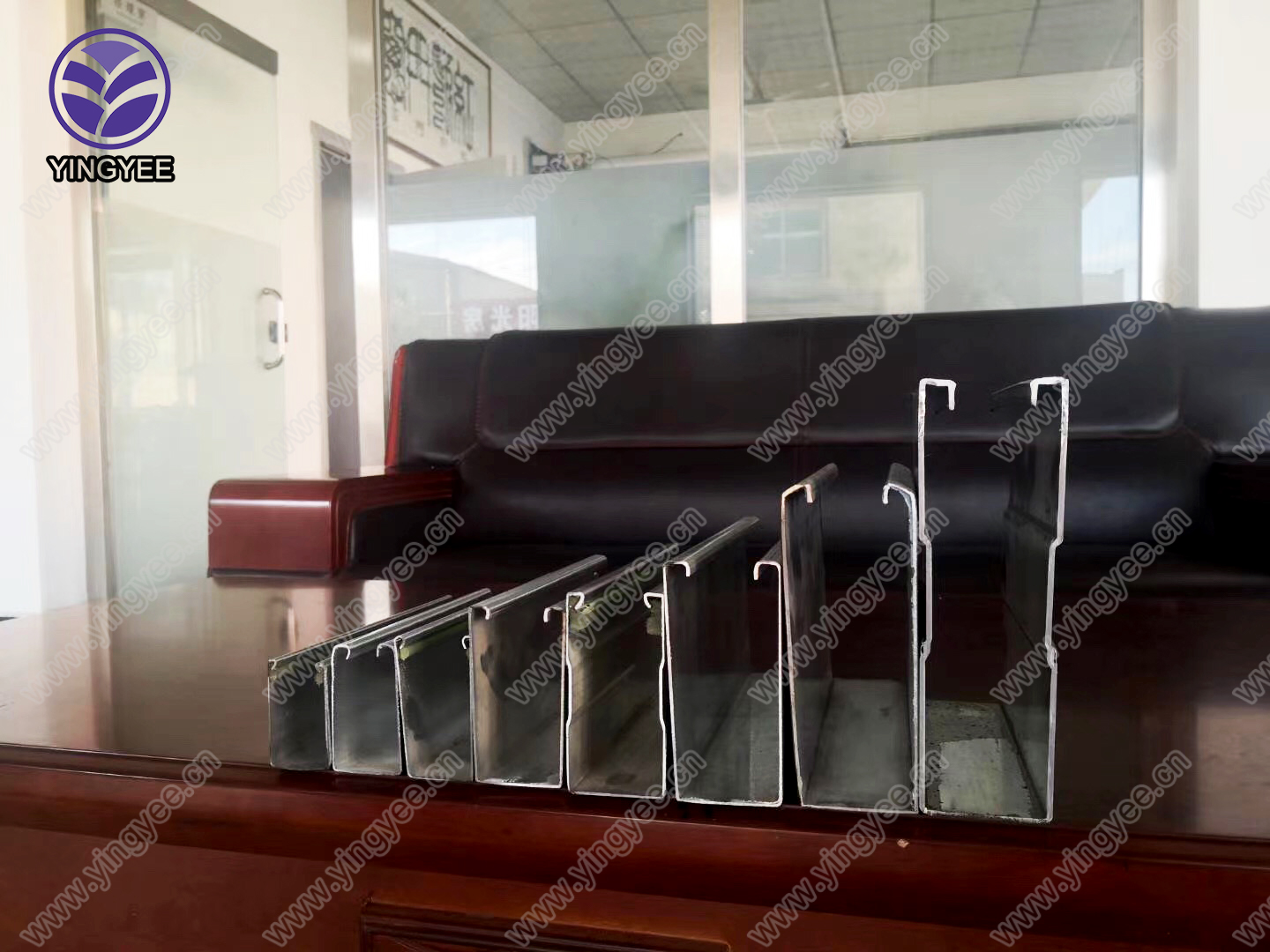
Understanding the Stud and Track Frame Forming Machine A Comprehensive Overview
In the rapidly evolving construction and manufacturing industries, machinery plays a critical role in enhancing productivity and efficiency. One essential piece of equipment that has gained significance is the stud and track frame forming machine. This technology streamlines the process of creating stud and track systems, which are fundamental components of wall framing in both residential and commercial buildings. In this article, we will explore the functionalities, benefits, and applications of stud and track frame forming machines.
What is a Stud and Track Frame Forming Machine?
A stud and track frame forming machine is an innovative piece of equipment designed to manufacture metal framing components used primarily in the construction of interior walls and partitions. These machines facilitate the production of tracks (the horizontal components) and studs (the vertical components) from various types of materials, including steel and aluminum. By automating the forming process, these machines enhance consistency in manufacturing and significantly reduce labor costs and time.
How Does It Work?
The operation of a stud and track frame forming machine typically involves several stages. First, metal coils are fed into the machine, where they are cut and shaped into the desired profiles through a series of rollers. The machine’s precision engineering allows for the creation of uniform dimensions that meet industry standards. After forming, the components can be punched for additional features such as holes for wiring or fastening, ensuring that they are ready for installation.
The automation aspect of these machines includes the ability to program specific dimensions and cut lengths, making them adaptable to a range of projects. Advanced models may incorporate computer numerical control (CNC) systems, allowing for even greater versatility and precision in production.
Benefits of Using Stud and Track Frame Forming Machines
1. Efficiency and Speed One of the most significant advantages of utilizing a stud and track frame forming machine is the speed at which components can be produced. Traditional methods are labor-intensive and time-consuming, whereas automated machines can quickly form large quantities of framing elements necessary for construction.

2. Cost-Effectiveness While the initial investment in a stud and track frame forming machine can be substantial, the long-term savings are noteworthy. The reduction in labor costs, combined with increased production rates, leads to lower operational costs over time. Additionally, precise manufacturing minimizes material waste, contributing to cost savings.
3. Quality and Consistency These machines produce components that are uniform in size and shape, essential for structural integrity and aesthetic appeal. The automated process minimizes human error, ensuring that each stud and track meets the required specifications.
4. Versatility Modern stud and track frame forming machines can often handle various materials and designs, making them suitable for different types of projects. From simple residential constructions to complex commercial buildings, these machines can adapt to the specific framing needs.
5. Environmental Sustainability The efficiency of production and reduction of waste associated with stud and track frame forming machines contribute to more sustainable building practices. Manufacturers can utilize recycled materials, further lowering their environmental impact.
Applications in the Industry
Stud and track frame forming machines are widely utilized in several sectors of the construction industry. They are essential in residential housing projects, commercial buildings, and even in the manufacture of modular homes. Additionally, these machines are increasingly applied in infrastructure projects where lightweight framing systems are required.
Conclusion
The stud and track frame forming machine is a cornerstone of modern framing technology, providing construction professionals with a reliable, efficient, and cost-effective solution for producing essential building components. By enhancing productivity and ensuring quality, these machines are not just tools but vital partners in the construction industry’s quest for innovation and excellence. As technology continues to advance, the capabilities of these machines will only improve, further solidifying their role in shaping the future of building construction. In a world where efficiency and quality are paramount, investing in a stud and track frame forming machine is a decision that many in the construction field are finding increasingly advantageous.